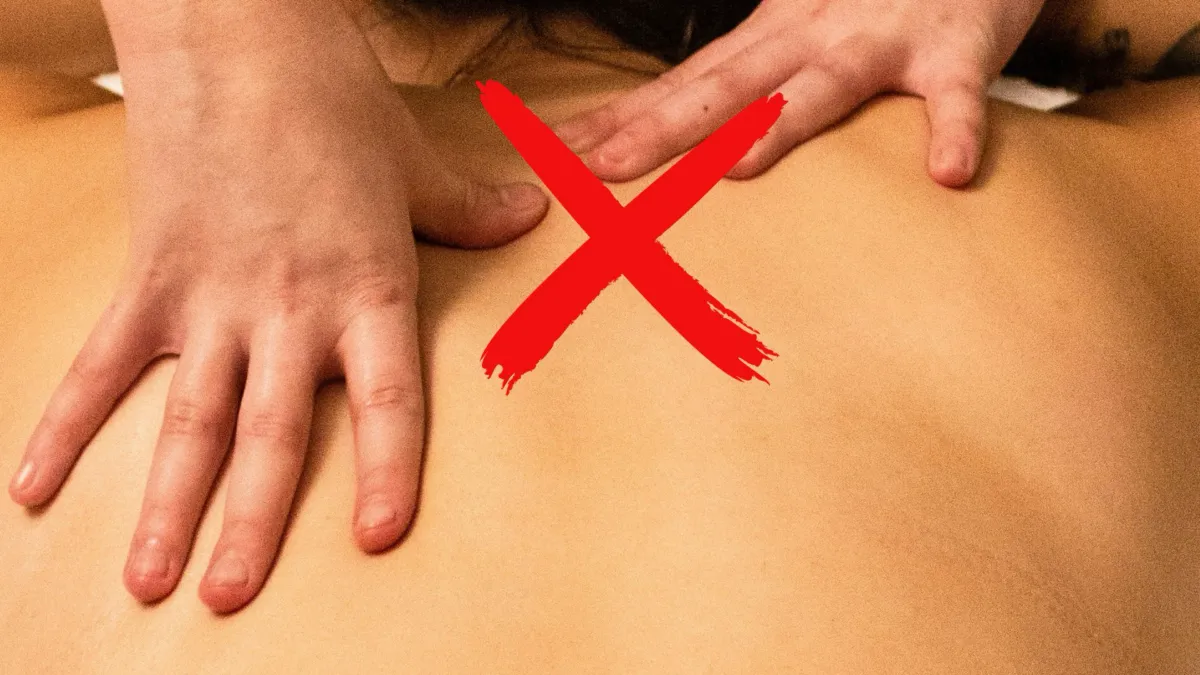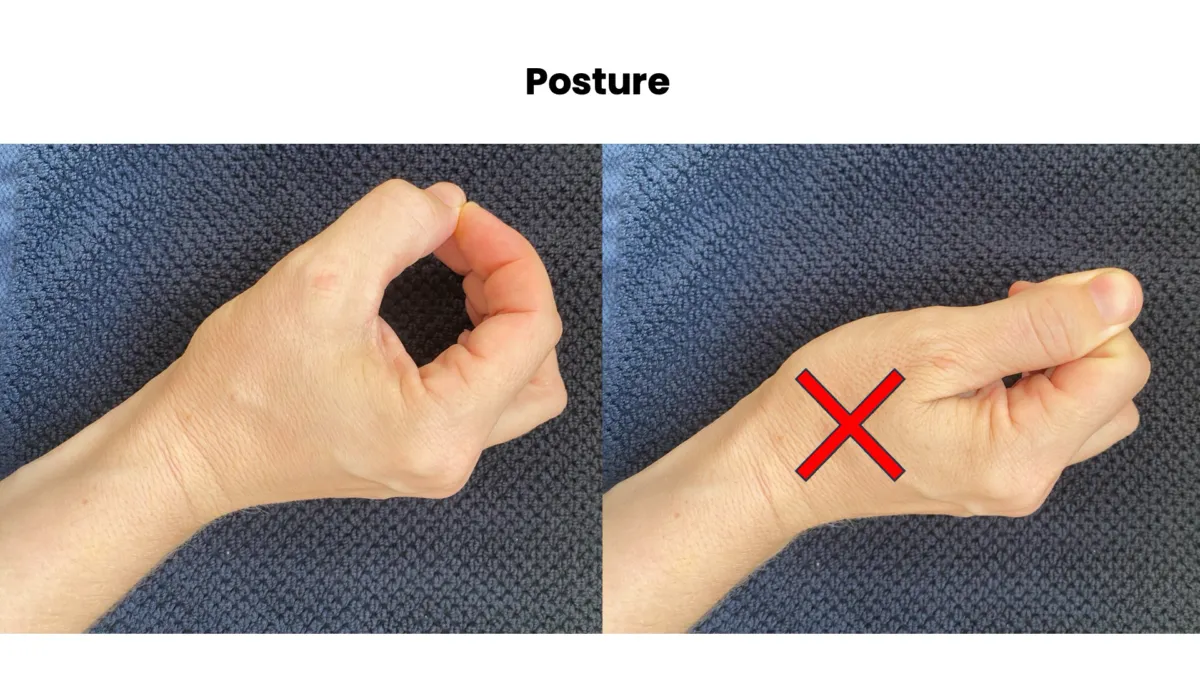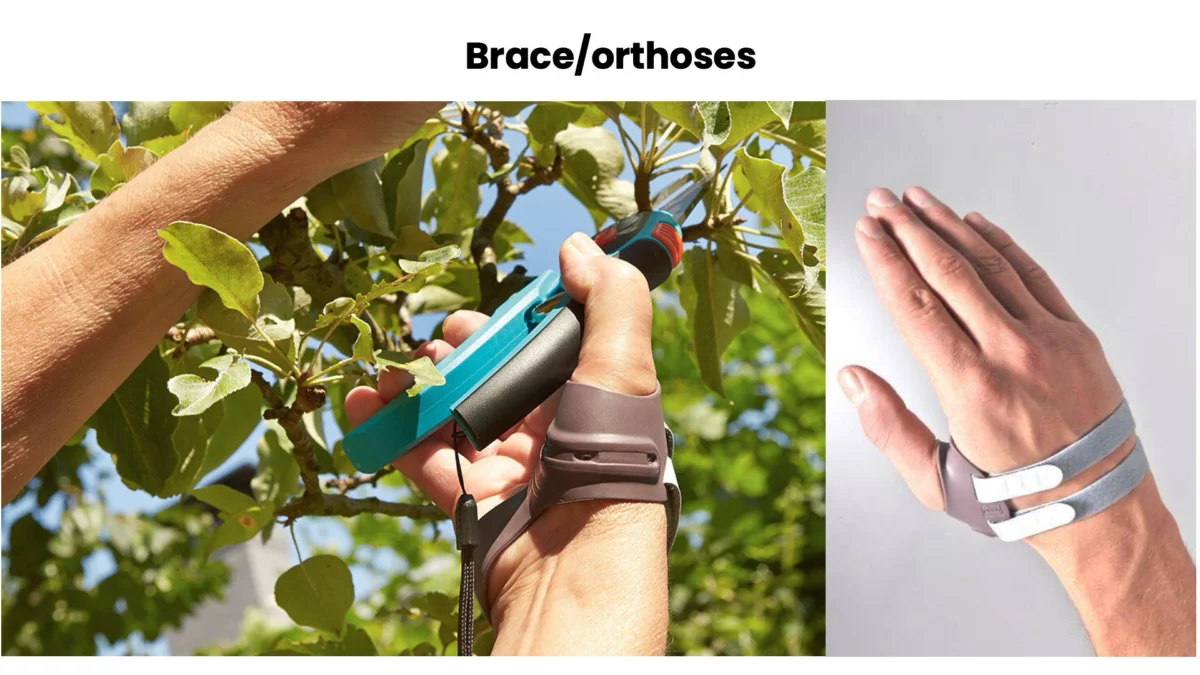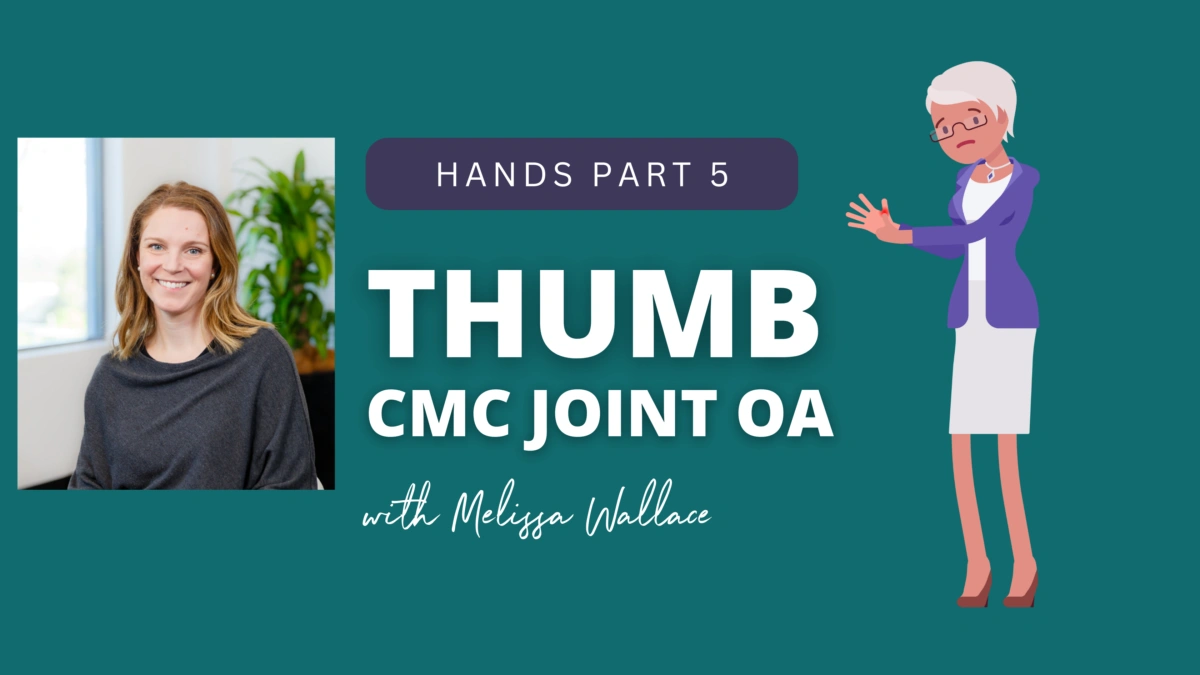Our thumbs cop a beating in the clinic.
Manual therapy (MT) cops a lot of flack on social media. It's no wonder when you hear of patients having dozens of treatments that only involve manual therapy, manipulation to help the spine or pelvis "get back into a better position", and patients not receiving any treatment designed to help them become independent and restore their capacity.
On the other hand, MT can be very effective when used with the right patients at the right time.
We know MT assessment can help us accurately identify nociceptive levels of the lumbar and cervical spine.
When even a small amount of manual therapy reduces a patient's pain, it can go a long way towards reassuring patients that they don't have serious damage, and that treatment can be effective for their condition.
One issue is that manual therapy assessment and treatment can be particularly stressful on your thumb metacarpophalangeal (MCP) and carpometacarpal (CMC) joints.
If you perform any manual therapy or palpation in your clinical practice and have thumb pain, or want to avoid developing thumb pain, here are 5 top tips to help look after your thumbs.
Tip 1. Reduce
Reduce the time you spend performing MT.
Do you need 3 sets of 1-2 minutes of passive accessory intervertebral movements (PAIVMs) on each painful or stiff segment?
One nice approach Dr Kerrie Evans and David Battersby shared is when you're performing a PAIVM assessment, say working from C1 down into the T/sp for a neck pain patient, spend 10 or 15 seconds mobilising any stiff or painful levels as you reach them.
You then keep moving to assess/treat any other levels you find, and that's it.
Those few minutes performing a combined PAIVM assessment/treatment might be the total extent of the MT in your treatment, especially an initial appointment.
It's a lot less MT than going through a full MT assessment then performing a number of sets mobilising each painful level, and is often as effective or more effective, especially in irritable presentations.
Reassess ROM and pain after this, and move onto an exercise.
Tip 2: Eliminate
Replace some MT with exercises.
Challenge yourself to find or use exercises to replace some of your manual therapy e.g. Theraband neck retractions instead of C/Sp PAIVM's. Experiment with different forms of the exercise e.g. high resistance vs low resistance, isometrics vs isotonic and see if you can get the same results with your exercise as with MT.
Tip 3: Avoid spikes in load
After a patient returns from a relaxing holiday in the Greek Islands, you might advise them to ease back into running rather than picking back up where they left off before the holiday to avoid a sudden spike in their running load.
Similarly, it can be a good idea to ease back into MT after you have a holiday or time off.
When you're deciding on your treatment for each patient after some time off - monitor and minimise the amount of MT you do, and make sure you're not suddenly spiking the load on your thumb.
Tip 4: Posture
Loaded end-range positions are more stressful on joints than a mid-range position, and your thumb joints are no exception.
Keeping your MCP, CMC and IP joints in a mid-range position while mobilising will alleviate some of the joint stress. What does a mid-range position for the thumb joints look like?

Make a "C" or "O" shape with your thumb and forefinger. Notice how your MCP and CMC joints are in some flexion. Maintain this MCP and CMC joint flexion as you mobilise and palpate, and make sure they don't slip into MCP or CMC joint extension as continue mobilising, or your hand fatigues.

Tip 5: Replace
Soft tissue massage: Use your heel of hand, knuckles or elbow for any soft tissue massage rather than your thumbs. If you perform soft tissue massage, start with 1-2 minutes, reassess the effectiveness. If it improves ROM and pain, spend time teaching your patient how to do soft tissue massage on this area themself rather than doing it for them - it'll make them more independent and save your hands.
Palpation: Use your fingertips to palpate instead of your thumbs e.g. gluteal tendon. This will give you more information than just the tip of one thumb, and take some of the load off your thumb.
Bonus Tip: Brace

If your thumbs are really struggling with day to day clinical life, an orthosis can relieve symptoms. Options for orthotics range from rigid plastic to flexible neoprene, and off the shelf or custom made.
Melissa Wallace identified the CMC Joint Push Metabrace in her latest presentation on Thumb joint OA as an off the shelf splint that can work really well for early CMC joint OA.
Summary
So to sum it up, manual therapy can be an effective treatment, and here's 6 tips to help save your thumbs:
- Reduce the time you spend performing MT.
- Replace some MT with exercises.
- Avoid spikes in load.
- Maintain a C-shaped thumb posture during MT.
- Replace thumb pressure with fingertips or other areas during palpation and MT, and
- Brace if you need it.
Treat patients suffering with thumb joint OA with Melissa Wallace's new presentation Hands Part 5: 1st CMC Joint OA with Melissa Wallace here.
